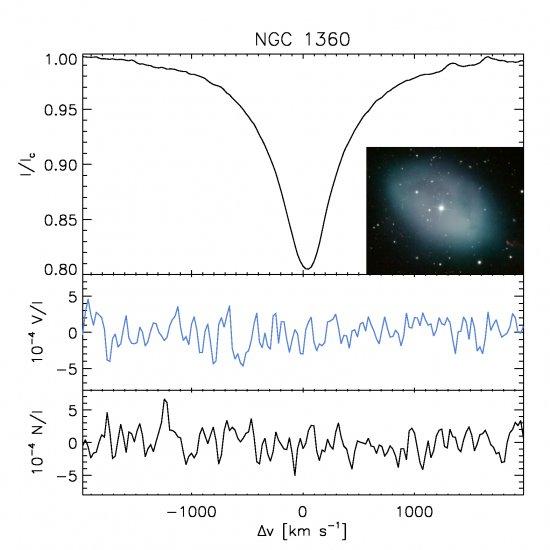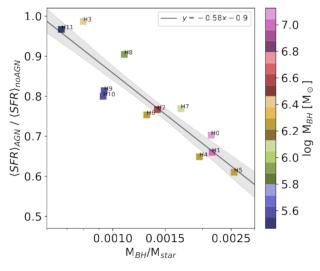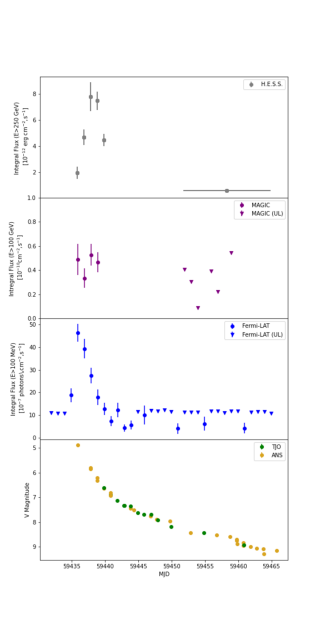A large fraction of planetary nebulae (about 80%) are bipolar or elliptical rather than spherically symmetric. Modern theories invoke magnetic fields, among other causes, to explain the rich variety of aspherical components observed in planetary nebulae (PNe), as ejected matter is trapped along magnetic field lines. But, until recently, this idea was mostly a theoretical claim. But in 2005, Jordan et al. report the detection of kG magnetic fields in the central star of two non-spherical PNe, namely NGC1360 and LSS1362. They observed the circular polarization spectra of these stars with the FORS polarimeter at the VLT. The identification of a signature due to the Zeeman effect in spectral lines is an unambiguous proof of the presence of a magnetic field in the stellar atmosphere.
However, the data presented by these authors is extremely noisy, the signal of the inferred kG fields being well below the noise level. Moreover, the analysis of the data had some drawbacks. Therefore, in order to confirm or reject their results we re-observed the same central stars of NGC1360 and LSS1362 using the same instrumentation but with larger spectral resolution and reaching a higher polarimetric accurancy. The figure shows the average of the Balmer lines of the central star of NGC1360. The line addition has been performed to increase the signal to noise ratio. The bottom panel shows the nul mean spectrum (a certain modulation that is expected to be zero). The nul spectrum is pure random noise, which means that there are no systematic errors that could be confused as a Zeeman signature due to the magnetic field. Looking to the mean circular polarization spectrum (middle panel) we see that, at one order of magnitude beter sensibility than Jordan et al., there is not a clear Zeeman signature due to the Zeeman effect. The circular polarization spectrum is indistinguishable from the nul spectrum.
Although there is not a clear magnetic field detection, we perform a statistically rigurous analysis which will give us upper limits to the longitudinal component of the stellar magnetic field (the projection of the magnetic field vector along the line of sight). As expected for the non-detection of circular polarization, we find that the magnetic field is null within errors for both stars. Then, a direct evidence of magnetic fields on the central stars of PNe is still missing. The upper limits for the magnetic field are 300 G for the central star of NGC1360 and 600 G for LSS1362. Therefore, either the magnetic field is much weaker than previously reported, it is mostly perpendicular to us (we measure the longitudinal component), or more complex (thus leading to cancellations,or a combination of them. As a final conclusion, the role of magnetic fields shaping PNe is still an open question.
Average spectrum of the Balmer lines of the central star of NGC 1360. The upper panel represents the mean intensity profile, the middle one displays the mean circular polarization, and the bottom one the mean nul spectrum (a certain modulation which expec
Advertised on
References
2011, ApJ, 731, 33L



